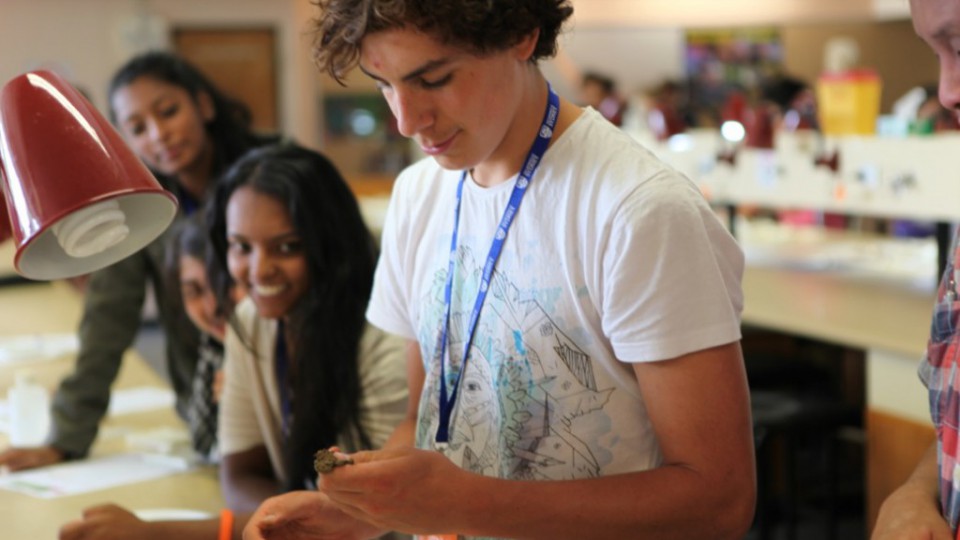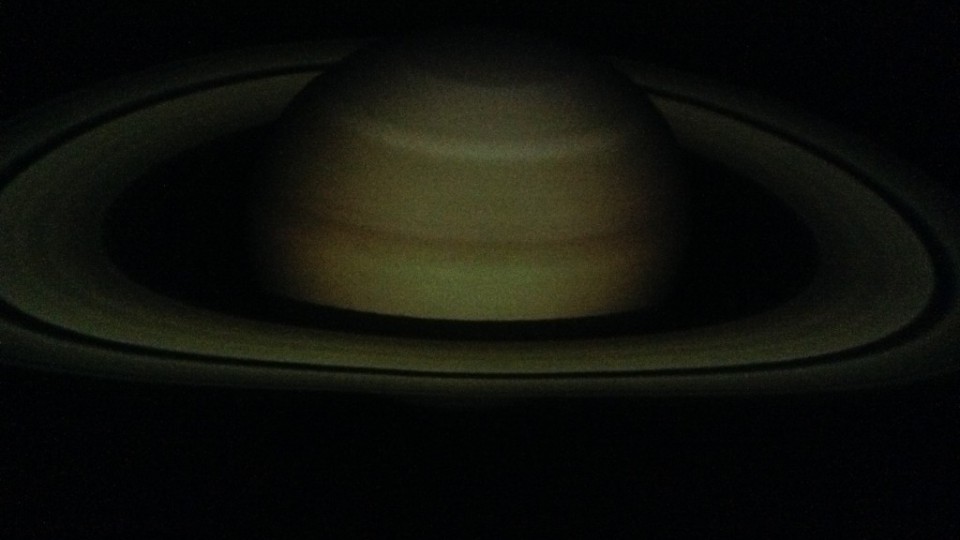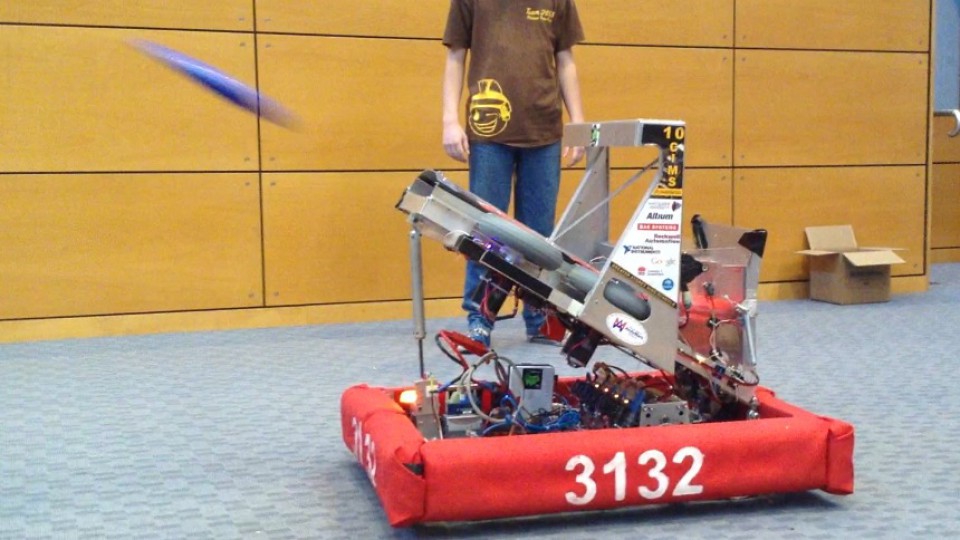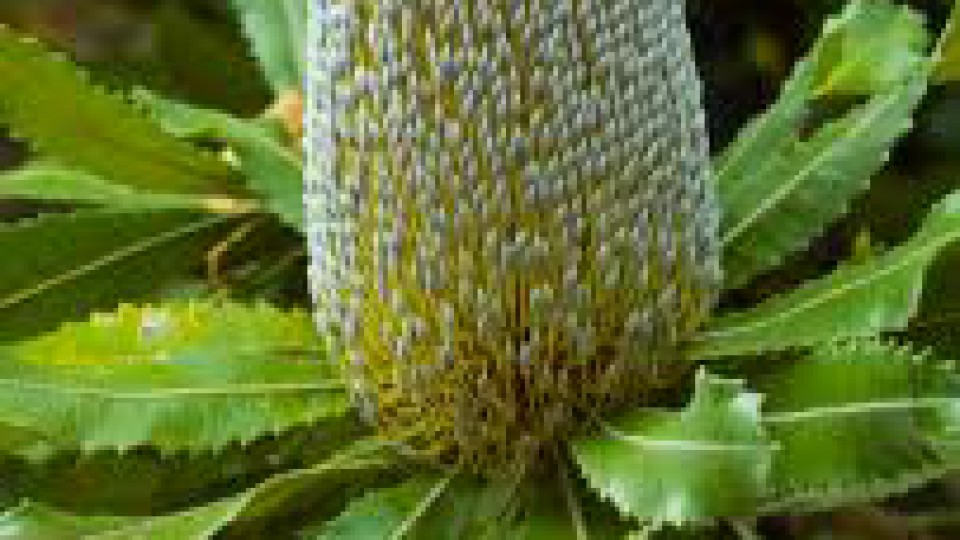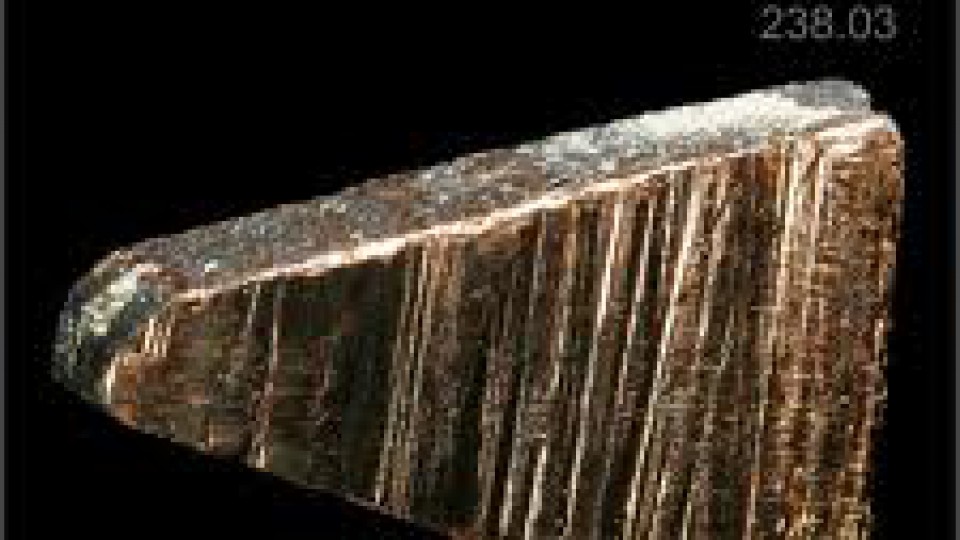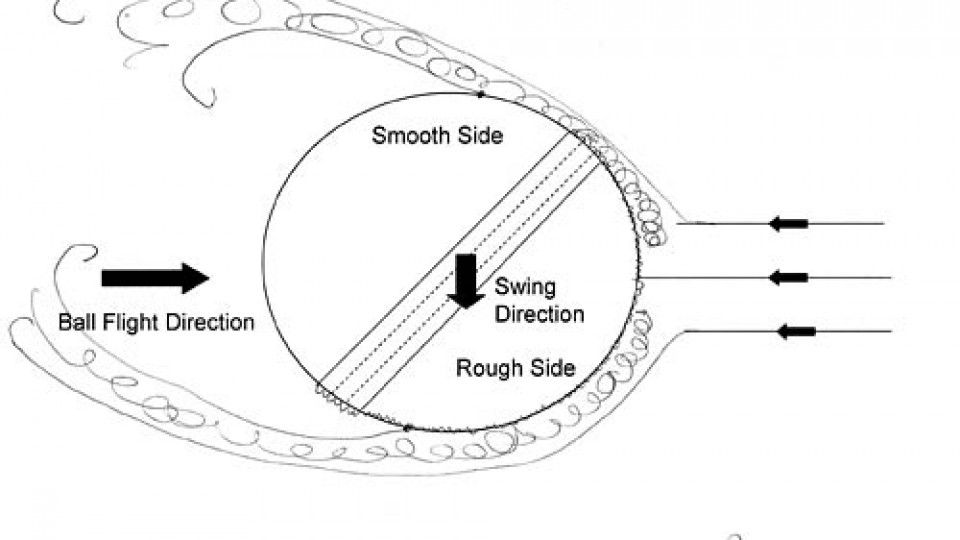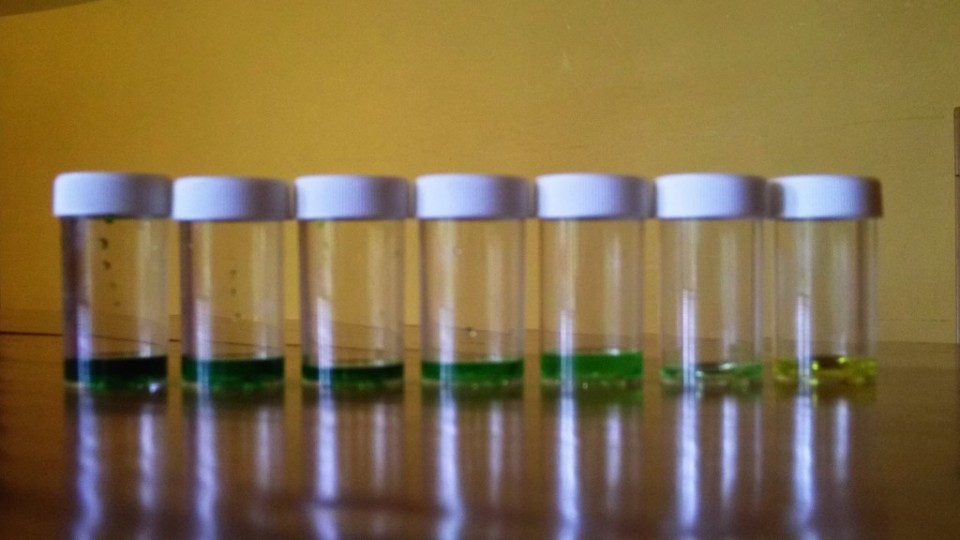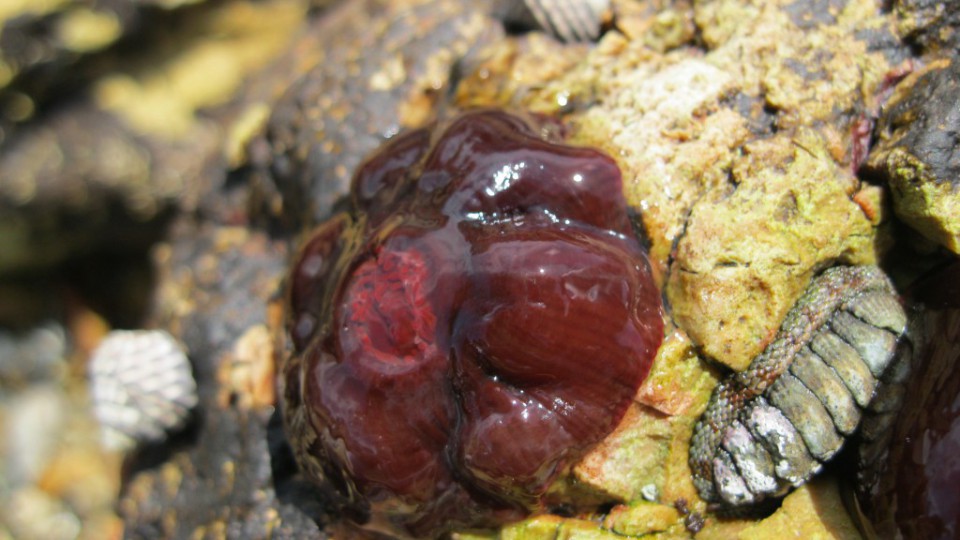As everyone knows, Pi is the ratio of the circumference of a circle to its diameter. That is, Pi = C / D or C= 2 x Pi x r. Pi is an irrational number - one that can never be expressed as a fraction and one whose pattern of digits never repeats. It is infinite and patternless. Many people believe that Pi = 22 / 7 but this is only a very rough approximation and only accurate to 2 decimal places. Even by 480 AD Pi had already been calculated by Zu Chongzhito to 7 decimal places, which ... Read More
01
Feb2014
By Garry Prothero:
On the 8th-10th of January, Misko and I attended the conocophillip science experience held at the university of Sydney. The program for the three days consisted of a number of lectures and practical experiments in the field of forensic sciences. Overall it was a very interesting and challenging course that was engaging for my age group. I found the most engaging part of the course was the lecture given by Dr Kendall Bailey on Forensic Pathology. Dr Kendall covered many interesting areas on autopsy's and human anatomy.
Overall I think the course was a well ... Read More
30
Jan2014
By Misko:
Just some brief feedback and thoughts about the Science Experience that Garry and I attended.
The Science Experience was definitely interesting and there were challenging parts. The course was set up to be a bit of an introduction to the university experience. Each day we would engage in a series of practicals and lectures, ranging from determining the blood type of different individuals to a lecture on the mathematics behind the flight of a bullet. I would have to say my favourite parts of the course was the lecture given by Dr Helen Paterson on Forensic Psychology ... Read More
24
Jan2014
By Warwick:
Part of the resupply of the International Space Station by an unmanned craft a couple weeks ago was an ant farm!
'Ants in Space' is a school project that will let children on the ground monitor a video feed of an ant colony in orbit to determine how the insects' behaviour changes in microgravity. (Source: New Scientist)
23
Jan2014
By Jade:
On the third and final day, we began with two lectures. The first was from Associate Professor Joanna Jamie who is a bioorganic/medicinal chemist and the Deputy Head of the Department of Chemistry and Bimolecular Sciences at Macquarie University. She spoke about the legends behind plants as well as plant histories, toxins and their medical uses. Our second lecture was from Culum Brown, an expert in fish behaviour and specialises in cognition. I found this lecture especially interesting as it proved a lot of theories and myths (most of which I believed) to be incorrect.
After ... Read More
22
Jan2014
By Jade:
We started the second day of the ConocoPhillips Science Experience with a lecture by Professor Mariella Herberstein. Mariella is the Head of Department of Biological Sciences and leads the Behavioural Ecology Research group at Macquarie University. Her lecture focused on spider behaviour and evolution as well as briefly mentioning a variety of Australasian invertebrate species from mantises to assassin bugs to harlequin bugs to grasshoppers.
We then ventured through the university to the indigenous science activity where we made a stone axe. We hand-sharpened stones to make an axe head, bent plants around the stone for ... Read More
21
Jan2014
By Jade:
Following is a recount of my first day at the ConocoPhillips Science Experience, which was held at Macquarie University from 15th – 17th January 2014.
DAY 1:
After registering and playing a few initiation games we took a short walk to the state-of-the-art Macquarie University Hospital where we learnt about zebra fish and how they are being used for research in finding a cure for Motor Neuron Disease. We also looked at human heart rates and blood pressure, discussing how and why these change. We then visited a dummy that has a heartbeat along ... Read More
10
Jan2014
By Lachlan:
Today was the third and final day of the CSIRO boot camp, North Ryde, Sydney. When all twenty five of us had wandered in, a botanist, who had been applying Mendel's laws of segregation to Australian banksias demonstrated his research. He then explained about genes and chromosomes in various organisms but particularly banksias. After the explanation, we left the CSIRO complex and headed to the Lane Cove National Park.
When we arrived at the national park, we split into groups of five and headed into the bush land to count and identify "Banksia serrata" and the colour of ... Read More
09
Jan2014
By Lachlan:
Today, at the CSIRO complex, North Ryde, Sydney, we began learning about nuclear science. Nuclear science is the study, manipulation and research of the nucleus in an atom. A scientist from ANSTO (Australian Nuclear Science and Technology Organisation) visited to explain, essentially, what nuclear science is. We learnt about electrons, protons, neutrons, the six quarks and boson. She also spoke about the applications of nuclear science in the real world, it is used for: Nuclear medicines, carbon dating, high quality silicon doping (used for electronics in bullet trains) and bone or tendon transplants.
After the explanation, we ... Read More
09
Jan2014
By Warwick:
Here are a couple interesting articles on the physics of bounce and swing bowling.
http://www.theaftermatter.com/2012/04/physics-of-cricket-what-is-swing.html
http://www.scienceinafrica.co.za/2002/december/bounce.htm
07
Jan2014
By Lachlan:
Today, I went to the first day of the CSIRO boot camp, in North Ryde, Sydney. It was chemistry day and after completing the compulsory 'icebreaker' activities, the instructors, Mitch, Ella and Ollie, gave an introduction to spectroscopy. Spectroscopy is a technique of identifying elements within compounds. Special glasses were handed around so the group could gaze at different elements in everyday objects e.g. ceiling lights, glow sticks. The glasses allowed us to identify different elements such as magnesium, argon and neon as each of these has a unique spectra.
Afterwards, my group used a piece of equipment ... Read More
04
Jan2014
By Lachlan:
Yesterday, when I arrived at Bar Beach, it was raining and surf was rough and choppy. Not ideal conditions for snorkelling. Luke, the guide from National Parks and Wildlife, told the group that we would have to walk along a rock ledge to a more sheltered location. After being kitted out with snorkels, flippers, wetsuits and masks, we wandered along the ledge to the spot, picked out by Luke. I admit, I did not have bright hopes for this adventure, because the area appeared to be barren and desolate of life. However, once I got in the ... Read More
16
Dec2013
This is the Foundation blog pageSticky Post
By Warwick Adams:
Use this page to share your news, thoughts and ideas with others. It is for both students and parents.
You don't have to register or log in - when you add a post (that's the 'Create New Post' button at the right of this page) just enter your name.
There are several categories of post - general chat and news; ideas or issues; and programs and events.
You can also add an image in each post if you like (but just one per post).
14
Dec2013
By Warwick Adams:
The core scholarship activity for the Year 11 scholarship students is now available on the 'Resources' page (under the Star Achievers Documentation section). It will be very worthwhile for the students starting Year 11 in 2014 to have a read of this over the Xmas holidays, especially to start thinking about suitable project topics. The Senior Research Projects will start early in the school year, so you can have them finished by August.
14
Dec2013
By Warwick Adams:
There have now been several extra programs added on the 'Resources' page. These include other 'Science Experience' options (with various topics & at different Uni's); a CSIRO 'bootcamp'; and the UNSW GERRIC workshops. Have a look at the details to see what time of the year they run.


